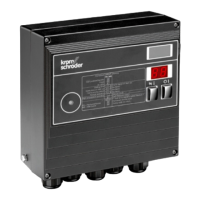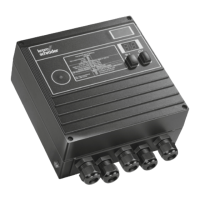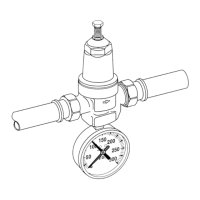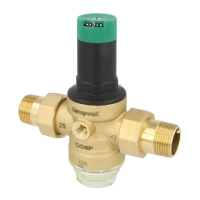BCU 460, BCU 465 · Edition 11.19 141
Glossary
23 Glossary
23.1 Waiting time t
W
In standby, the waiting time t
W
starts to elapse in the
background. During this time, a self-test is conducted
to detect errors in internal and external circuit compo-
nents. If no malfunction is detected, the burner control
unit will receive permission to start. The burner will not
be started during the waiting time. Any burner start
will be delayed by the BCU until the waiting time has
elapsed
23.2 Safety time on start-up t
SA1
This refers to the period of time between switching on
and switching off of the gas valve, when no flame signal
is detected. The safety time on start-up t
SA1
(2 to 15s)
is the minimum operating time of the burner and burner
control unit.
23.3 Ignition time t
Z
If no malfunction is detected during the waiting timet
W
,
the ignition timet
Z
then starts to elapse. Voltage is
supplied to the pilot gas valve and the ignition trans-
former and the burner is ignited. The duration of the
ignition time is either 1, 2, 3 or 6s (depending on safety
timet
SA1
selected).
23.4 Safety time during operation t
SB
04
t
t
04
88
ϑ
V1
V2
V3
L1
1
35
L
51
22
60
61
62
96
82
In the event of a flame failure during operation or an in-
terruption of the safety current inputs, the fuel supply is
interrupted within the safety timet
SB
.
The default safety time during operationt
SB
in accord-
ance with EN298 is 1s. Under EN746-2, the safety
time of the installation during operation (including clos-
ing time of the valves) must not exceed 3s. Note the
requirements of the standards!
Under NFPA86, section 8.10.3*, the maximum flame
failure response time shall be ≤4s.
23.5 Safety interlocks
The limiters in the safety interlock (linking of all the rel-
evant safety-related control and switching equipment
for the use of the application, e.g. safety temperature
limiter, minimum/maximum gas pressure) must isolate
input from the voltage supply.

